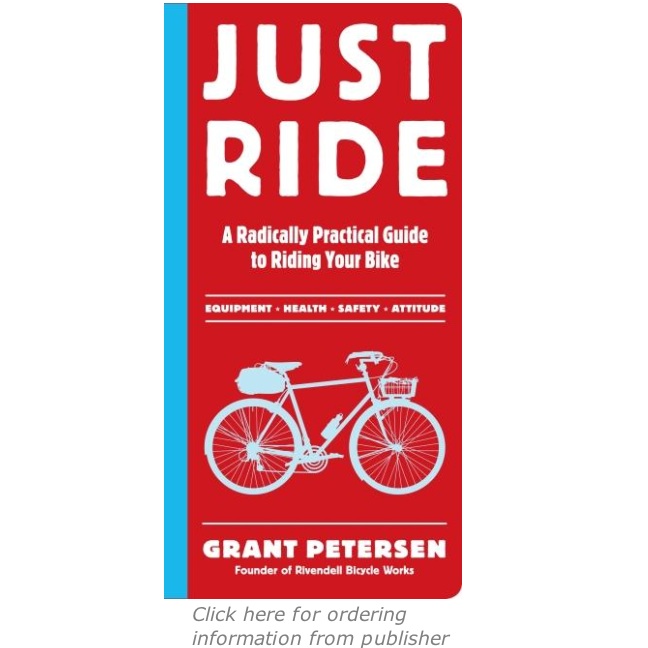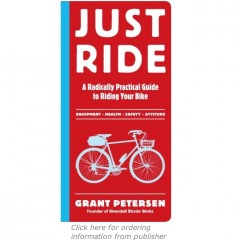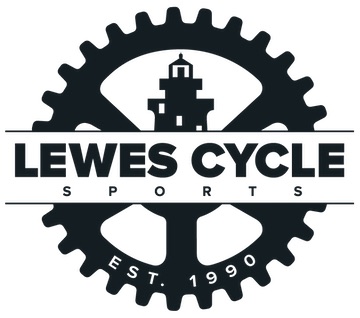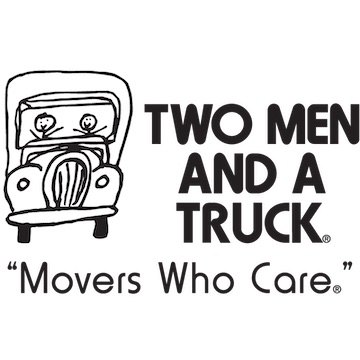You don’t need special bike shoes either

From Grant Petersen’s “Just Ride: A Radically Practical Guide to Riding Your Bike“:
A firm attachment to the pedals was helpful in the early days of bike racing, when all bikes had fixed gears (no freewheel, no coasting) and the gears were low by today’s standards. Then, once the racers got up to 18 miles per hour or so, they were spinning the wheels like human roadrunners, and if a foot came off the pedal, it was harder to slow the bike down and find the pedals again. Toe clips, straps, and cleats evolved to secure the foot and reduce the danger of runaway pedals, and eventually the freewheel eliminated that danger altogether. But by then, the clips and straps were entrenched, and there was no going back. By 1980, if you rode a bike and didn’t use toe clips, straps, and cleats, you weren’t serious.
Then, in the mid ’80s, LOOK – a ski boot and binding maker – introduced ski-binding technology to bikes, with the first popular clipless pedal-and-shoe system. Pro racers took to it, other manufacturers followed, and within three years virtually every road racer in the First World had converted. It spilled over to mountain-bike racing, and today even a few gullible commuters have adopted them. When I see ten-year-olds riding with clipless shoes and pedals, I fear for the future.
Proponents say
- with clipless, there’s more power to the pedal because it’s not being absorbed by a soft and flexible shoe sole
- with clipless, it’s easier to apply power all around the circular pedal stroke
Neither is true, though.
As long as your pedals aren’t dinky – say, as long as they’re 2.5 x 3.5 inches, or about the size of a compact digital camera – any shoe does the job without flexing, because the shoe is supported by the pedal. If the pedal can’t flex, the shoe can’t – no matter how flexy it may be just out of the box. Besides, the part of your foot that’s behind the pedal can’t flex while you’re pedaling, because your foot mechanics won’t allow it.
The only riders who benefit from clipless pedals are racers, and only because their pedals are so small and slippery. If you don’t ride tiny, slippery pedals, you don’t need stiff, cleated shoes.
And the 360-degrees-of-power argument is just as weak. In studies where efficient, pro pedalers and lousy rookie pedalers have been hooked up to machines that measure muscle activity during pedaling, the machines tell us that nobody pulls up on the backstroke. The most efficient pedalers just push down less on the upward moving pedal than the rookies do. (They still push down on the upward-moving pedal – not a good thing, because effectively one leg is fighting the other – but the best pedalers push down less.) Now, if they don’t pull up, you don’t pull up, and if you don’t pull up, there’s no 360 degrees of power, and no biomechanical/physiological reason to lock your foot to the pedal.
The benefits of pedaling free far outweigh any real or imagined benefits of being locked in. They are as follows:
- You can wear any casual show in your closet – whatever your mood, your outfit, and the weather calls for. You don’t have to go find your “cycling shoes” because you won’t have invested in techie two-hundred-dollar pedals that require them.
- Your muscles last longer. Moving your foot about the pedal shifts the load, even if slightly, to different muscles, and spreads the load around. Sprint up hills on the balls of your feet and, on long-seater climbs, push with the pedal almost under your arch. It’s not a turbocharged, magic sweet spot, but it feels better and more natural, and you can’t do it if you’re locked in.
- You reduce the chance of a repetitive stress injury, because your feet naturally move around more, changing your biomechanics.
- You get on and off easier at stoplights; there’s no twisting to get out of your pedals, no fussing to get back in.
- You can walk in stores without walking on your heels. You can run! You aren’t handicapped by expensive and weird-looking shoes.
Riding “free” isn’t new or revolutionary, and it’s not just a grumpy stab at the established order. It’s normal, it’s natural – it’s the way you rode as a kid, the most of the planet rides, and way you’d ride if you weren’t under the racing influence. Can you imagine yourself – after years or decades of perfectly uneventful happy riding in regular shoes and pedals – concluding that you’d be better off riding in shoes that didn’t work as well off the bike or on pedals that required special shoes?
I know – of course – that it helps to be firmly attached to the pedal when you’re sprinting in the rain (your foot may slip off the pedals without a fixed connection), or hopping over a dead raccoon, or hiking the bike up over a curb without getting off. But giving up normal shoes for a few rare circumstances like these doesn’t make sense.
Excerpted from JUST RIDE: A Radically Practical Guide to Riding Your Bike, by Grant Petersen. Used by permission of Workman Publishing Company, Inc. All rights reserved.






6 Responses
This book scored an F on the blinky lights, and now an F- on this if such a grade exists. The first problem is that not everyone who dresses the part races. Most are recreational, club or brevet riders who pedal long distances for fun and require maximum efficiency to reach their destination comfortably. It’s the same with clothing – comfort tumps style, to which end it is not necessarily a fashion statement. A relative very few among us actually race as in USCF sanctioned races.
Second, there is simply no comparison to riding with clips vs w/o for long distances. Once one is used to being fixed on the pedals, try riding without and immediately your feet begin to come off the pedals (dangerous) on the upstroke because – yes – you did develop a more complete power stroke. Your feet also migrate to different positions over the pedal axle, which can impede ankle usage (also important), further decreasing efficiency. The more as one you are with the bike, the more efficient you are; there’s science behind it.
What the author should have done was weigh the advantages of clips vs no clips for the purpose of transportation, utility, and novice riding, not fabricate negative info against clips in general. In this context, a solid case can be made for using platform pedals, in the interest of safety, simplicity, and attracting more folks to biking.
When going from clipless to flats, riders’ feet come off the pedals because they forgot how to pedal correctly. The reason many pros ride flats during the off-season is when they return to clips during the race season their pedal efficiency has actually increased because their pedal stroke became more efficient.
(I’m speaking about professional mountain bikers, but I’m guessing the same is/would be true for road racers.)
Cycling is widely regarded as a very effective and efficient mode of transportation[5] optimal for short to moderate distances. Bicycles provide numerous benefits by comparison with motor vehicles, including the sustained physical exercise necessarily involved in cycling, that cycling involves a reduced consumption of fossil fuels, less air or noise pollution, much reduced traffic congestion, easier parking, greater maneuverability, and access to both roads and paths.;’
Most current write-up provided by our personal web site
<http://www.healthmedicinelab.com
Cycling is really adventures and interesting and it burns a lot of calloties and keeps us fit we have to be careful while cycling in order to avoid careless accidents. http://slipandfallattorneyphiladelphia.net/
The only riders who benefit from clipless pedals are racers, and only because their pedals are so small and slippery. If you don’t ride tiny, slippery pedals, you don’t need stiff, cleated shoes.
You should make “Just Ride” embroidered patches!!!